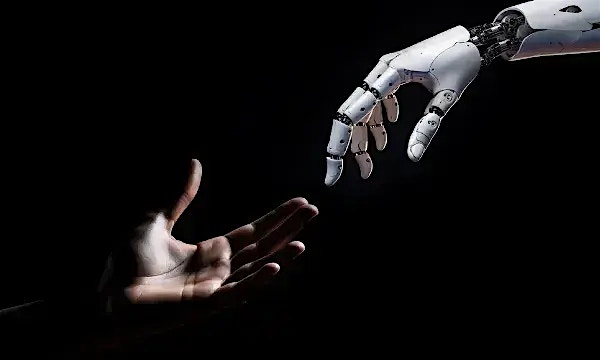
Overcoming OT backup challenges in Industry 4.0
Organizations across various sectors face a series of formidable challenges when it comes to ensuring the resilience and continuity of their OT environments.

Reactive programming in Java
HyRISE: Enabling future-ready SAP transformation
Discover how HyRISE empowers SAP transformation through seamless S/4HANA migration, driving efficiency and innovation.

How AI is reshaping healthcare
AI is powering the development of innovative medical devices and technologies that have the potential to revolutionize healthcare delivery.
All Blogs
As AI moves closer to where data is created, HCLTech and Dell Technologies offer an integrated approach to accelerate innovation, streamline operations and enhance security at the edge.

From workflows to outcomes : the eminent evolution of Accounts Payable
Redefining Accounts Payable (AP): Agentic AI transforms AP from workflows to outcomes — automating invoices, resolving exceptions and optimizing spend for smarter, adaptive and strategic finance.

Why traditional accounts payable is failing
Agentic AI-driven AP transforms finance—boosting agility, optimizing cash flow and turning operations into strategic business value.

Learn why role-based skilling driven by leadership and aligned with business outcomes is essential for the industry today.

Your next coworker thinks, learns and doesn’t take breaks
AI’s next chapter blends autonomy and orchestration for enterprise transformation

Combating Identity Fraud with Advanced Proofing and Verification Techniques
AI-driven identity fraud is rising, with tools like StyleGAN generating hyper-realistic fake documents, challenging verification and pushing stronger IAL/AAL standards.

Gemini Enterprise is Google’s enterprise platform that streamlines access to organizational knowledge and serves as the foundation for persona-specific AI agents.

In today's cloud-driven landscape, collaboration between HCLTech and Broadcom is increasingly important for enterprise transformation.

Redefining quality and compliance standards in GenAI with HCLTech AI Force
Explore how HCLTech AI Force's capabilities is ensuring quality, transparency, and compliance in GenAI systems.

Enhancing Employee Experience in Energy and Utilites
The Energy & Utility industry spans water, power, gas and wastewater. With GenAI and Agentic AI, a tailored EX platform empowers diverse roles with seamless access to tools and knowledge.

Building Trust in AI Systems with HCLTech AI Assurance Services
AI drives innovation and growth, but its power demands trust, reliability, and security. As AI integrates into daily life, responsible, ethical, and safe use is vital.
Our Areas of Expertise
With expertise in Digital, Engineering and Cloud, we deliver solutions that fulfill the traditional, transformational and future needs of clients across the globe.


Digital
HCLTech’s end-to-end Digital offerings enable enterprises to increase business resilience, improve operational efficiency and deepen client engagement.


Engineering
HCLTech Engineering and R&D services (ERS) empower enterprises to improve time-to-profit, accelerate product development and maximize return on innovation.
Explore our Engineering Services


Cloud
HCLTech’s exclusive CloudSMART offerings and services enable organizations to optimize cloud to accelerate innovation and agility at scale.

AI
HCLTech empowers organizations across industries to identify and seize opportunities to leverage AI and GenAI to automate and accelerate business processes.

